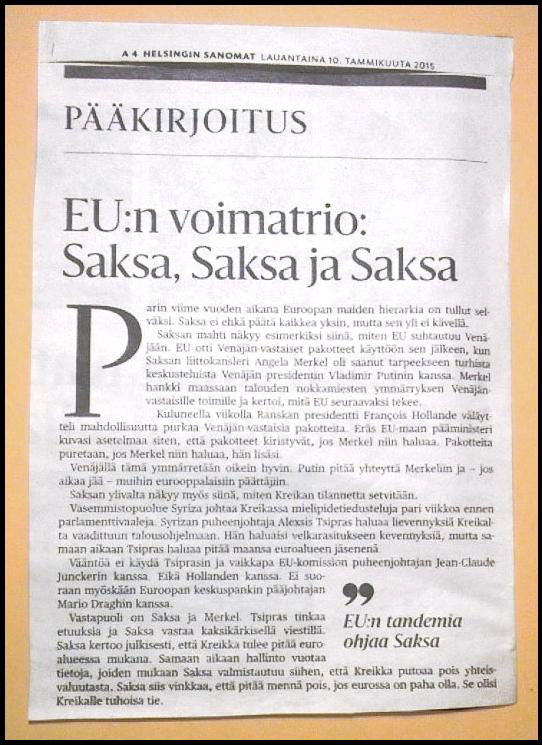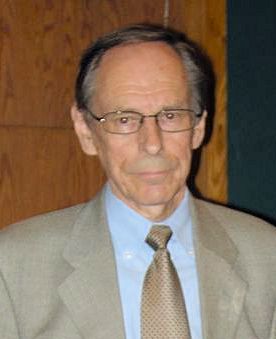Professor William Croft (University of New Mexico) will visit the Department of Modern Languages and give a guest lecture with the title:
“Modeling language change across the lifespan: individual trajectories in language change”.
Date: Tuesday, 24th February, 14-16
Venue: Metsätalo seminar room 12 (3rd floor)
Both teachers and students are warmly welcome to attend.
Abstract
It has long been observed that the grammar of a speech community is more regular than the grammar of individuals (e.g. Weinreich, Labov and Herzog 1968:188). The same appears to be true of language change. While the community change follows an S-curve (ibid. 113), individuals are more variable in their trajectories of use across the lifespan.
Empirical studies including trend and panel studies have described variation in change across the lifespan, but represent quite small samples. We use a mathematical model of a usage-based evolutionary framework for language change that is compatible with sociohistorical linguistics to examine individual variation during a community change.
After introducing the model and the requirements for producing S-curves in community change (Blythe and Croft 2012), we describe results related to three phenomena involving language change across the lifespan. The first phenomenon is the apparent time construct: under certain qualifications, differences in language behavior across ages reflects different stages of a language change in progress. Although age-based differences are sometimes due to age-grading, and are influenced by changes in social identity over the lifespan, the primary determinant of the apparent time construct is hypothesized to be a decline in flexibility towards language change over one’s lifetime. This explanation is borne out in our model.
The second phenomenon is the adolescent peak: the apparent time construct appears to go in reverse for children, who are less progressive towards an incoming change that adolescents. The adolescent peak has been explained in terms of differences in social networks: children interact more with caregivers a generation older until later childhood and adolescence. The model of this explanation gives the peak most reliably, but the peak may also occur with other network structures in our model.
The third phenomenon is the observation of roughly two patterns of language change across the lifespan: one in which most individuals change gradually, following the mean of community change, and one in which most individuals have more categorical behavior, and change rapidly if they change at all (Sankoff and Blondeau 2007:580-81; Nevalainen et al. 2011). Our modeling of these two patterns suggests that they represent different balances between the differential weighting of competing variants on the one hand, and degree of accommodation to other speakers on the other.

